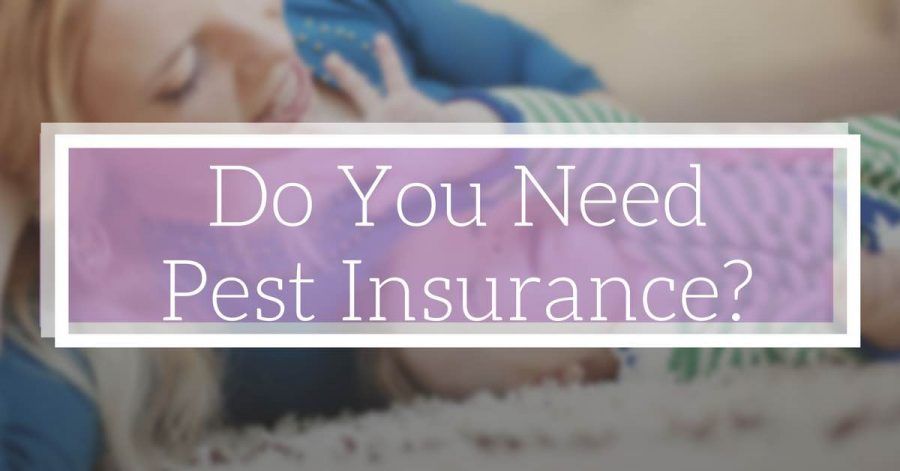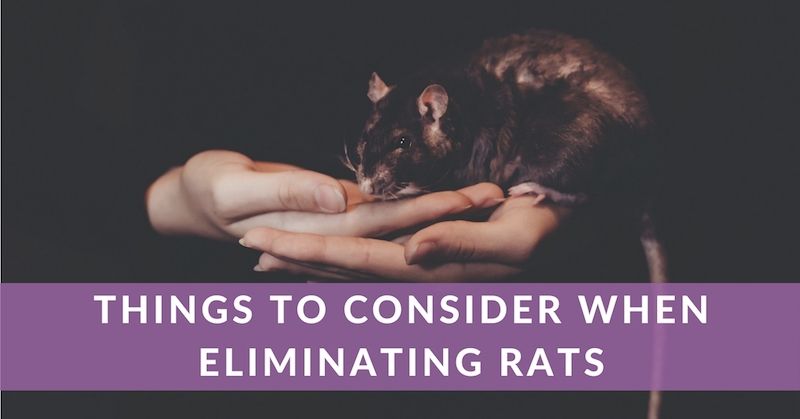10 Bugs & Rodents That Are Dangerous to Pets
Watching your dog or cat chase after a bug, spider, or other critter can be amusing. But did you know certain creepy crawlers here in the Pacific Northwest are dangerous to your pet’s health?
In today’s blog post, we’ll help you understand which pests and rodents to keep away from your pets. We’ll also touch on what to do if your cat or dog comes in contact with a poisonous creature, and how to make sure these types of critters stay out of your home.
Let’s get started!
Common Diseases Bugs & Rodents Transmit to Pets
Why is it important to help your pet avoid contact with certain bugs and rodents? The same reason you don’t want to come into contact with these creatures yourself…safety!
Take a look at some diseases bugs and rodents in the Portland and Vancouver area commonly carry.
- Heartworm (and other parasites)
- Lyme Disease
- Parvo
- Rabies
Portland Bugs & Rodents To Keep Away From Your Pet
We all know Fleas are an annoyance, risk, and common issue for animals. While it’s important to keep your pups or kittens free of fleas, there are a number of other less-commonly thought of pests you should make sure your furry friends avoid.
Mosquitoes
Just like with humans, Mosquitoes are a nuisance for dogs and cats, too. These blood-sucking insects can bite your pet and cause itching and irritation. Even more serious is the spread of bacteria and parasites a Mosquito bite can cause.
The most problematic Mosquito-borne disease is heartworm. Mosquitoes are known to carry and transmit this disease from one animal to another. If your dog spends a lot of time outside, do your best to eliminate large areas of standing water, as this is an easy magnet for Mosquitoes.
Ticks
Ticks are very common in Oregon. These insects are often found in wooded and long grassy areas and will latch onto your pet as they cruise by. Once attached, Ticks are very difficult to remove, and if left alone, they will feed on your pet’s blood until fully engorged. This can range from 3 to 11 days, and in some species up to 3 years!
Ticks are very dangerous to your pets. These bugs have been known to consume so much of your pet’s blood that they cause anemia. Female ticks can also cause a rare paralysis in your animal as a result of a toxin it produces while feeding. Deer Ticks are especially problematic to your pet (and to you!) as they carry Lyme disease.
Use a regular Tick & Flea treatment on your pet to keep these blood suckers at bay. Additionally, make sure to inspect your pet’s coat and skin for ticks after every outdoor adventure.
Stink Bugs
Stink Bugs are mostly harmless in the sense that they won’t bite or sting your pet. However, if your dog or cat decides this bug is a nice snack, they can lead to an upset stomach, including vomiting and diarrhea.
In a worse case scenario, eating too many stink bugs can cause problems in your pet’s digestive tract, often resulting in surgery.
Caterpillars
If your pet notices and is curious about a Caterpillar, it’s best to steer him or her in the other direction. Some types of Caterpillars can sting and transmit venom to your pet.
Other Caterpillar species–the Wooly Bear Caterpillar, for example– have microscopic hairs that can get stuck in your pet’s mouth and throat, causing coughing, gagging, and excessive salivation.
Venomous Spiders & Bees
If you don’t want to be stung by it, your pet doesn’t either! Poisonous insect bites and stings from spiders and bees are very dangerous to your pet. This is especially true if you have a small animal, such as a cat or a toy-breed dog.
Venomous spiders like the Brown Recluse or the Black Widow can cause neuromuscular damage in your pet with a single bite. Bees like Yellow Jackets are known to cause allergic reactions, mouth pain, and swelling in animals.
If you’re experiencing a Spider or Bee problem in your home, it’s very important (for both you and your pet’s safety) to eliminate the infestation as soon as possible.
Cockroaches
The good news with Cockroaches is they tend to steer clear of dogs and cats, running to hide if they encounter a pet. However, Cockroaches are attracted to pet food. If roaches are sharing your pet’s meals, there’s a good chance they’re also sharing bacteria and viral diseases with them.
A great way to avoid this problem is to only keep his or her food bowl out during meal time. A bowl filled with food, sitting out at all times is a magnet for hungry Cockroaches.
Boxelder Bugs
Boxelder Bugs aren’t incredibly dangerous to your pooch or feline, but they can make them feel sick. Thankfully, these bugs have an extremely foul taste, so most animals will avoid eating large quantities (though cats tend to be more likely to snack on these bugs than dogs).
If your pet does ingest a Boxelder Bug, it may cause him or her to salivate excessively or start vomiting.
Ants
Ants can bite and hurt dogs and cats, causing irritation to the skin. Fire Ants are especially dangerous to your pets, as their venom can cause an allergic reaction.
Additionally, if you have an ant problem in your home, chances are they’ll find a way into your pet’s food. Other than just being a huge nuisance, this can lead to ants biting your pet’s face and your pet not wanting to eat anymore.
Mice & Rats
Though it may seem natural for your cat or dog to chase down a Mouse or Rat, ingesting these rodents can have bad consequences for your furry best friend. Rodents are known for carrying many awful diseases–from parasites like Roundworms to infections such as Toxoplasma. These diseases can be transferred to your pet.
Additionally, there’s a small risk of secondary rodent bait poisoning, where your pet eats a rodent who has recently ingested poisonous bait.
If you’re dealing with a Mouse or Rat problem in your home, keep your pet safe by seeking help from an experienced exterminator.
Raccoons
They may look cute, but Raccoons are not an animal you want to mess with. Not only can these critters cause property damage, they’re also known to attack cats and dogs.
Raccoons carry many diseases, but the most frightening is Rabies. Rabies can be transmitted through the saliva of an infected animal and is a public health threat that is fatal to both pets and animals.
Always avoid allowing your pet to chase after or get near a Raccoon.
What if My Pet Eats a Poisonous Bug or Rodent?
Was your cat just playing with a poisonous spider? Did your dog get in a fight with a raccoon? Depending on the type of critter you pet comes into contact with, emergency care may be necessary.
It’s always best to consult with your veterinarian immediately following an insect or rodent incident.
If you’re not sure whether or not your pet has been in contact with a poisonous creature, keep an eye out for some common signs of a problem, including:
- Vomiting or diarrhea
- Excessive drooling
- Lethargy
- Swollen face or mouth
- Rash
- Worms in the stool
- Changes in appetite
- Coughing
- Other uncharacteristic behavior
Be Careful When Exterminating Bugs & Rodents
Even if a bug or rodent isn’t hurting your pet, extermination treatments can. A rodent trap may snap closed on your pet’s curious nose or paw. Pets often accidentally ingest extermination sprays and other poisonous substances meant for insects and rodents.
According to the ASPCA, every year thousands of beloved family pets suffer and may die from accidental ingestion of household poisons…particularly insecticides and rodenticides.
When considering a pest extermination method, always choose a pest control company that uses a method that’s safe for you and your family…including your animals!
Keep Your Animals Safe with Pet-Friendly Pest Control
At EcoCare Pest Control, we eliminate pests in the most environmentally sensitive manner. Our approach to pest control is tough on pests, and completely safe for both people and pets!
If you have pets and are dealing with an insect or rodent problem in your home, contact us! We’d love to talk with you and learn how we can help make your home a safer place for your pet.






























